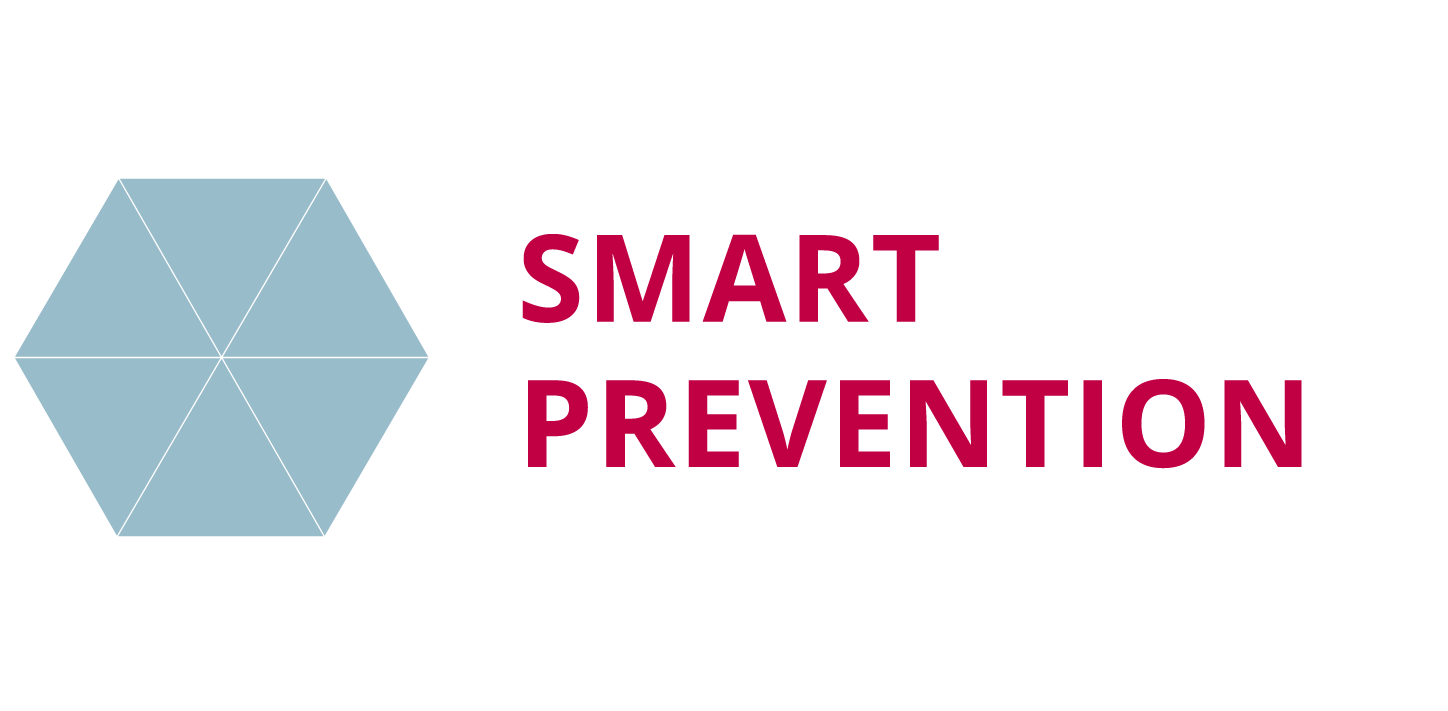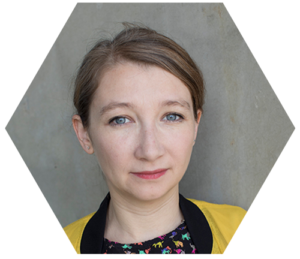- Psychology / Vision / Prof. Dr. Pia Knoeferle
Prof. Dr. Pia Knoeferle
Vision: Smart Prevention
- Knoeferle: Phenomenon
- Knoeferle: Threat
- Knoeferle: Chances
In research, for example, we measure eye movements of test subjects while they are listening to spoken language and looking at pictures or while reading sentences. With the help of an eye tracker, we record such glances over time and relate them to speech comprehension. For example, if someone looks at the image of a pickpocket while listening to the word thief, we can conclude that he has understood the word thief. If an observer looks at a safe while hearing “the jewellery is in…”, he may expect that the safe will be mentioned next. So you can read expectations from it. These are examples of measurements with test persons in the laboratory. Usually there are between 24 and 64 test persons per experiment. Eye-tracking studies via the Internet with a larger number of test subjects could be a vision of the future. Today we measure reaction times and the accuracy of answers at the push of a button in Internet studies. This allows us to quickly collect data from a larger number of test subjects who are not on site. For example, with foreign-language test subjects. Experiments with a large number of test persons thus become possible. With eye tracking this is still a vision of the future. However, with advancing technological development, one could imagine that eye trackers will become increasingly available, embedded in glasses or displays and networked with servers. Eyetracking studies with numerous test subjects who are not on site would then be easier to conduct. One could thus create eye-tracking corpora. These could be used to track how often and when language users refer to things in their environment, for example, to see and name a thief, how often they discuss rather abstract content and how often they anticipate things before they are named. We can therefore query knowledge in this way. Here, too, there are challenges in data protection: How do test subjects give their consent to such continuous data collection? Who may access the data? How anonymous are they? And when are they deleted? There must be clear principles governing the handling of the data, taking into account possible new threats.

Prof. Dr. Pia Knoeferle
- 1995-2001: M. A. English Philology, Romance Studies and Philosophy
- 2005: Promotion at the Faculty of Philosophy of Saarland University
- 2005-2006: Postdoc at Saarland University
- 2007-2008: Postdoctoral fellow at UC San Diego, USA
- 2009-2015: Junior Professor at Bielefeld University
- Since 2015: Regular professor
- Since 2018: Director of the Institute for German Language and Linguistics, Linguistics and Literature at the Humboldt University Berlin
- Phenomenon
- Threat
- Chances
- Vision





Comments